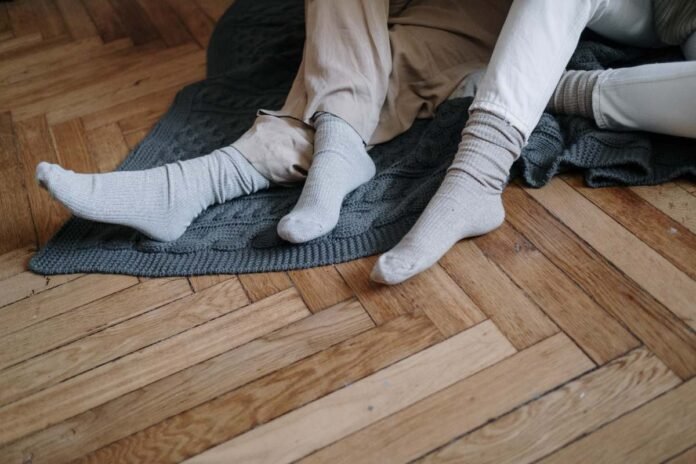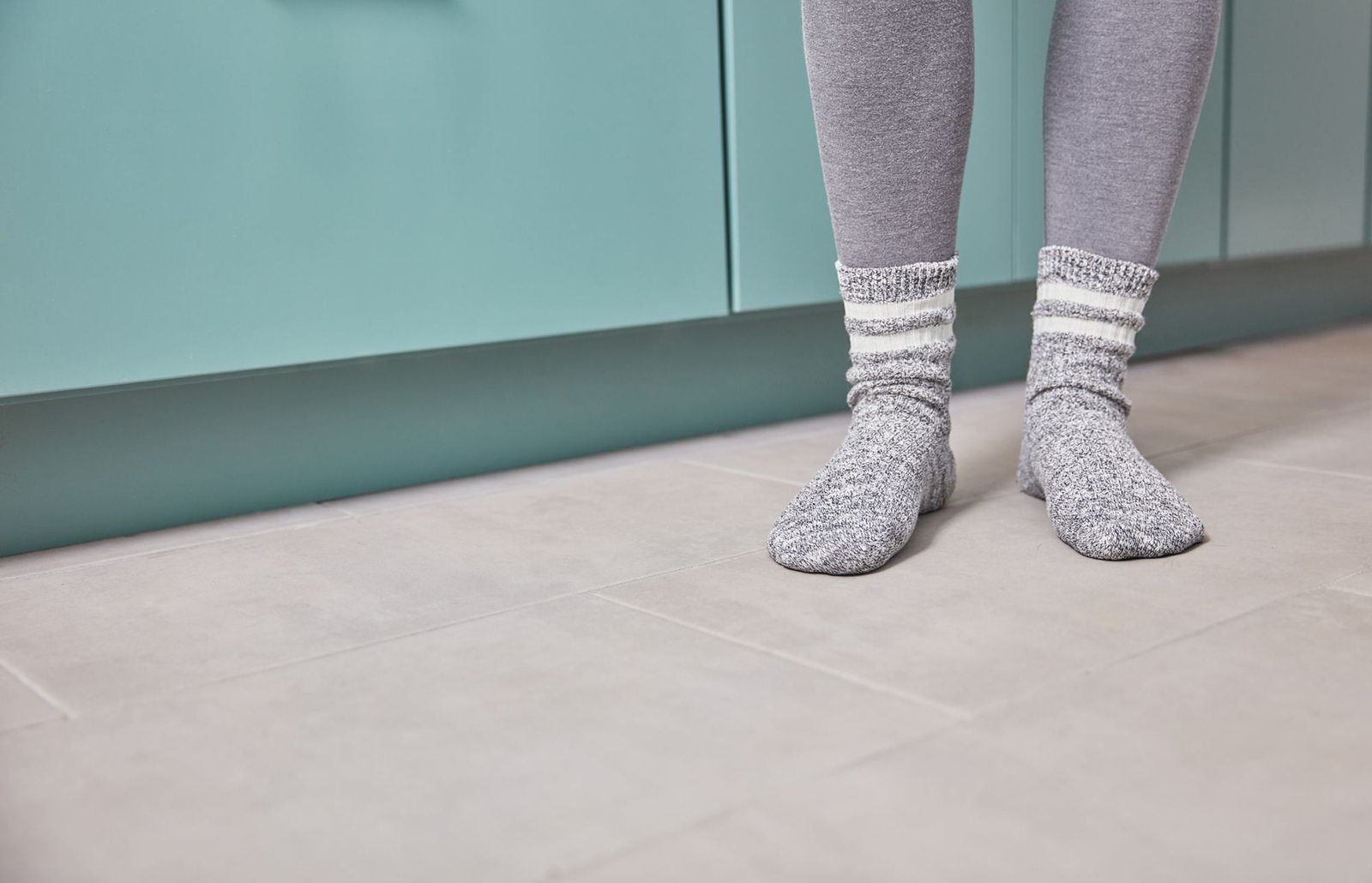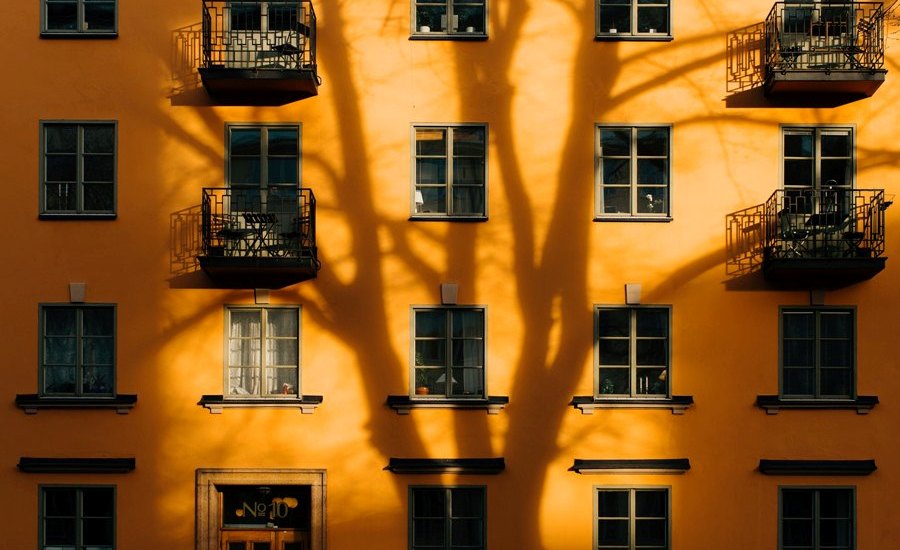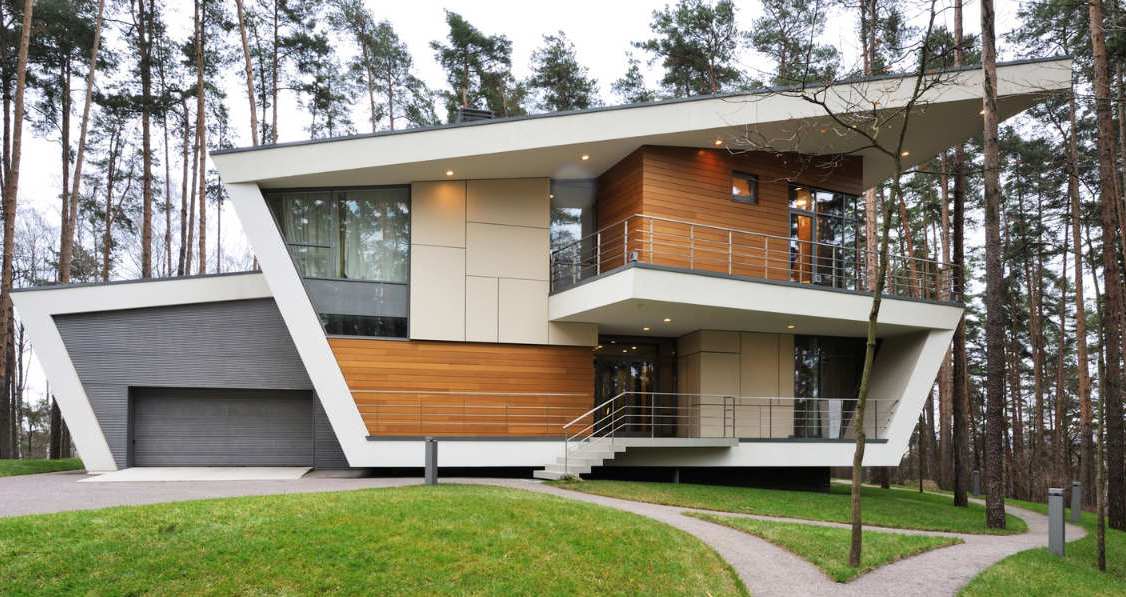While life at the can be an extraordinary change of scenery during the winter, it can also become a little chilly, particularly the floors.
Cold air sinks, settling into the floorboards and making it extra hard to pull yourself away from the warm confines of the bed, especially in the mornings.
While many modern cottages come with HVAC or in-floor heating, such as these Huntsville waterfront cottages for sale, many more do not and require an alternative solution. Here are five ways to help warm up your cold cottage floors.
Cover the Surface
A plush surface such as a carpet above hardwood or tiles in your cottage is the easiest and most obvious way to warm the surface. However, a full room of carpet isn’t always ideal at the cottage. Instead, consider placing area rugs in large spaces such as living rooms or rec rooms and smaller rugs or runners in high traffic areas such as hallways, bedrooms, and kitchens.
Bolster the Floorboards
One of the most effective ways to take the chill out of your floors is to deal with the floor itself. Knowing what is beneath your floorboards and adding a layer of foam or insulation, if necessary, can allow floors to stay warmer. Additionally, in-floor radiant heating is becoming a more common installation among modern and renovated cottages and is a great addition to help keep your floors warm in the cooler months.
Above the surface, consider switching for other flooring materials such as cork. Cork is durable like hardwood and tile but absorbs less cold, improving efficiency as well.
Portable Heating
While this is a reasonably simple option, it is not necessarily the most cost friendly. If your cottage does not have a full HVAC or heating system, the use of a portable space heater in one or two rooms can help to take the edge off, however, it can also become dangerous if left unattended. While it might be tempting to close the doors to keep this heat confined to the rooms, leaving the doors open will allow better airflow and transfer the heat throughout the home. It’s also recommended never to leave portable heating units on when you aren’t home. By purchasing one with an automatic timer shut off you can set this for safety and peace of mind.
Leave the Ceiling Fan On
While we know ceiling fans help keep rooms cool in the summer, they also serve another important purpose: to circulate the air. As you know, heat rises and leaving a ceiling fan turned on clockwise at the slowest speed can help circulate and push this warm air down from the ceilings towards cool floors.
Check for Drafts
Drafts coming inside from the outdoors can sneak their way into a cottage from even the smallest cracks and seams. Be sure your cottage is free of any obvious gaps by lighting an incense stick and holding it close to areas such as windows, doors, and cold spots of baseboard to see if the smoke is drawn to a particular area. You can apply weatherstripping or caulking to them to keep out the cold if you detect problem areas.



















